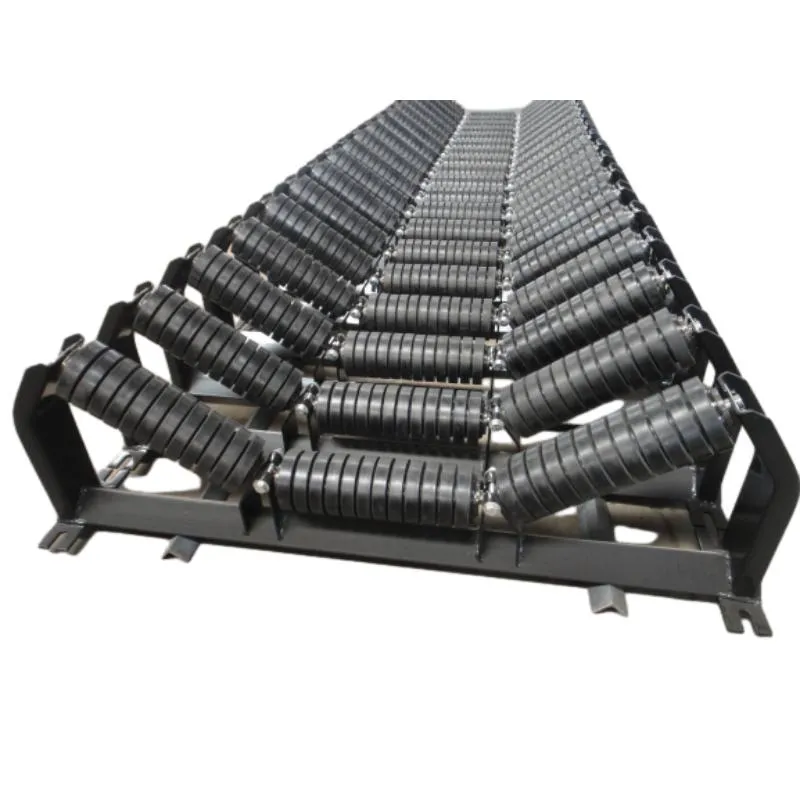 Afrikaans
Afrikaans  Albanian
Albanian  Amharic
Amharic  Arabic
Arabic  Armenian
Armenian  Azerbaijani
Azerbaijani  Basque
Basque  Belarusian
Belarusian  Bengali
Bengali  Bosnian
Bosnian  Bulgarian
Bulgarian  Catalan
Catalan  Cebuano
Cebuano  Corsican
Corsican  Croatian
Croatian  Czech
Czech  Danish
Danish  Dutch
Dutch  English
English  Esperanto
Esperanto  Estonian
Estonian  Finnish
Finnish  French
French  Frisian
Frisian  Galician
Galician  Georgian
Georgian  German
German  Greek
Greek  Gujarati
Gujarati  Haitian Creole
Haitian Creole  hausa
hausa  hawaiian
hawaiian  Hebrew
Hebrew  Hindi
Hindi  Miao
Miao  Hungarian
Hungarian  Icelandic
Icelandic  igbo
igbo  Indonesian
Indonesian  irish
irish  Italian
Italian  Japanese
Japanese  Javanese
Javanese  Kannada
Kannada  kazakh
kazakh  Khmer
Khmer  Rwandese
Rwandese  Korean
Korean  Kurdish
Kurdish  Kyrgyz
Kyrgyz  Lao
Lao  Latin
Latin  Latvian
Latvian  Lithuanian
Lithuanian  Luxembourgish
Luxembourgish  Macedonian
Macedonian  Malgashi
Malgashi  Malay
Malay  Malayalam
Malayalam  Maltese
Maltese  Maori
Maori  Marathi
Marathi  Mongolian
Mongolian  Myanmar
Myanmar  Nepali
Nepali  Norwegian
Norwegian  Norwegian
Norwegian  Occitan
Occitan  Pashto
Pashto  Persian
Persian  Polish
Polish  Portuguese
Portuguese  Punjabi
Punjabi  Romanian
Romanian  Russian
Russian  Samoan
Samoan  Scottish Gaelic
Scottish Gaelic  Serbian
Serbian  Sesotho
Sesotho  Shona
Shona  Sindhi
Sindhi  Sinhala
Sinhala  Slovak
Slovak  Slovenian
Slovenian  Somali
Somali  Spanish
Spanish  Sundanese
Sundanese  Swahili
Swahili  Swedish
Swedish  Tagalog
Tagalog  Tajik
Tajik  Tamil
Tamil  Tatar
Tatar  Telugu
Telugu  Thai
Thai  Turkish
Turkish  Turkmen
Turkmen  Ukrainian
Ukrainian  Urdu
Urdu  Uighur
Uighur  Uzbek
Uzbek  Vietnamese
Vietnamese  Welsh
Welsh  Bantu
Bantu  Yiddish
Yiddish  Yoruba
Yoruba  Zulu
Zulu belt conveyor idlers
Understanding Belt Conveyor Idlers The Backbone of Material Handling Systems
Belt conveyors are integral to numerous industries, playing a crucial role in material handling systems by transporting bulk materials efficiently from one location to another. A key component of these conveyor systems is the idler, an element that is often overlooked yet essential for the smooth functioning and longevity of the conveyor.
What is a Belt Conveyor Idler?
An idler is a cylindrical component that supports the belt as it carries materials across various distances. Positioned at various points along the conveyor path, idlers help maintain belt tension, prevent sagging, and facilitate the smooth movement of the belt over the rollers. They are typically made from durable materials such as steel or plastic and are designed to withstand significant loads while minimizing friction.
Types of Belt Conveyor Idlers
There are several types of idlers, each designed for specific applications and operating conditions
1. Carrier Idlers These are the most common type of idlers and are used to support the belt as it carries material. They can be flat or trough-shaped, with the latter being designed to contain material on the belt.
2. Return Idlers Positioned on the underside of the conveyor, return idlers support the belt as it returns to the point of loading. These help maintain belt tension and prevent unnecessary wear and tear.
3. Training Idlers These idlers are used to control the alignment of the conveyor belt. If the belt drifts to one side, training idlers can correct its path, preventing misalignment and potential damage.
4. Impact Idlers Located at loading points, impact idlers are designed to absorb the shock from falling materials. This helps protect the belt and extends its service life.
5. Specialized Idlers These may include self-cleaning idlers, which help reduce material build-up on the idler surface, or rubber disc idlers, which provide added cushioning during material transfer.
Importance of Idlers in Conveyor Systems
belt conveyor idlers

Idlers play a pivotal role in the overall performance of conveyor systems. They contribute to several aspects, including
- Load Support Idlers carry the weight of the material being transported and ensure that the conveyor belt remains stable under load. - Belt Alignment Correctly functioning idlers prevent belt misalignment, which can lead to increased wear, reduced efficiency, and potentially costly downtime.
- Friction Reduction By providing a smooth surface for the belt to traverse, idlers reduce friction, which in turn decreases energy consumption and prolongs the life of both the belt and the motors driving the system.
- Lifespan of Conveyor Components Proper selection and maintenance of idlers can significantly extend the life of conveyor belts and other related components. This can lead to reduced maintenance costs and increased productivity.
Maintenance and Best Practices
To ensure idlers function effectively, regular inspections and maintenance are essential. Operators should
- Inspect for Wear and Damage Regularly check idler rollers for signs of wear, damage, or misalignment. Promptly replacing worn idlers can prevent further damage to the conveyor system.
- Ensure Correct Tension Maintaining the proper belt tension is crucial for preventing slippage and ensuring optimal performance.
- Clean Regularly Keeping idlers free of material build-up is essential for their efficient operation. Implementing a regular cleaning schedule can mitigate issues related to material accumulation.
- Choose the Right Idlers Selecting the appropriate idlers based on the specific application and material being conveyed will enhance performance and longevity. Factors such as load weight, speed, and environmental conditions should be considered.
Conclusion
Belt conveyor idlers may seem like minor components in the grand scheme of material handling systems, but their importance cannot be overstated. As the unsung heroes of conveyor systems, they ensure efficient and reliable transport while minimizing wear and operating costs. Understanding their types, roles, and maintenance needs can lead to better performance and extended life of conveyor systems, ultimately impacting productivity and profitability in various industrial applications. Emphasizing the significance of idlers ensures that businesses are better equipped to handle the demands of material transport.
-
Revolutionizing Conveyor Reliability with Advanced Rubber Lagging PulleysNewsJul.22,2025
-
Powering Precision and Durability with Expert Manufacturers of Conveyor ComponentsNewsJul.22,2025
-
Optimizing Conveyor Systems with Advanced Conveyor AccessoriesNewsJul.22,2025
-
Maximize Conveyor Efficiency with Quality Conveyor Idler PulleysNewsJul.22,2025
-
Future-Proof Your Conveyor System with High-Performance Polyurethane RollerNewsJul.22,2025
-
Driving Efficiency Forward with Quality Idlers and RollersNewsJul.22,2025





























